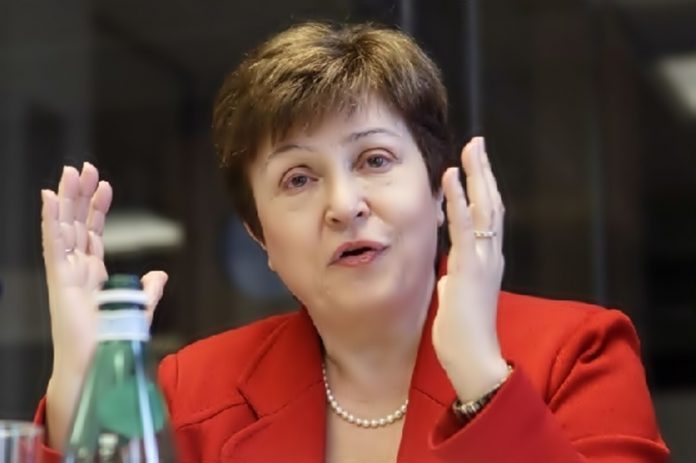
The International Monetary Fund (IMF) has revealed that Ghana’s foreign exchange reserve level remains relatively low.
“Gross international reserves stood at 2.7 months of imports in 2018, lower than the three-month rule-of-thumb benchmark and the norm of 3.6 months estimated by the model for resource-rich LICs (Lower Income Countries) with a flexible exchange rate,” the IMF said in a report.
The Bank of Ghana’s Monetary Policy Report quote the country’s Gross International Reserves increased by US$1.67 billion to US$8.093 billion in October 2019 from a stock position of US$7.02 billion at the end of December 2018. This was also equivalent to 3.9 months of imports cover compared.
But the IMF figures indicates that Ghana’s gross international reserves for 2019 was US$5.1 billion, about 2.4 months of imports cover and forecasted to reduce to US$5.01 billion in 2020 but increase slightly to US$5.06 billion next year. This is equivalent to 2.3 months of import cover.
The Breton Wood institution emphasised that Ghana government’s definition of reserves is higher as it includes additional assets such as oil funds that may not meet the requirement of being readily available used in staff’s definition.
“Reserves are projected to remain below both benchmarks over the medium term. This low level of reserves would seem to point to an overvaluation of the exchange rate given the central bank’s FX intervention policy”, it reiterated.
This situation is worrying because any external shocks could have some dire consequences on the Ghanaian economy.
According to the Fund’s recent Ghana Assessment report, the nature of Ghana’s economy and the persistent pressure on the exchange rate and international reserves, however, point to a weaker external position than the one predicted by the EBA-lite mode. EBA-lite is External Balance Assessment model that emphasises the need to identify and discuss the contribution of policies to external imbalances.
It, however, said net international reserves are projected to remain stable at about US$3.9 billion thanks in part to the US$3 billion Eurobond issued in March 2019 and other commercial and multilateral borrowing.
“International reserves would remain at about two months of imports but would strengthen in later years as oil and gas exports pick up. This relatively stable outcome is predicated on continued access to markets and refinancing of the large domestic and foreign public debt.”
Source: classfmonlin


























